The semi-trailer is an integral component of the trucking and transportation industry, facilitating the movement of goods across vast distances. Given its significance, understanding the dimensions of semi-trailers is crucial for manufacturers, operators, and anyone involved in freight transportation. In this comprehensive article, we delve into the various dimensions of semi-trailers, the regulations surrounding them, and the factors that affect their sizes.
Understanding Semi-Trailer Dimensions
Semi-trailers come in various types and sizes, each suited for specific cargo needs. Below are the standard dimensions commonly associated with semi-trailers:
| Type of Semi-Trailer | Length | Width | Height | Weight Capacity |
|---|---|---|---|---|
| Dry Van Trailer | 48-53 feet | 8.5 feet | 13.5 feet | 45,000 – 50,000 lbs |
| Flatbed Trailer | 48-53 feet | 8.5 feet | 5-8 feet | 48,000 – 60,000 lbs |
| Reefer Trailer | 48-53 feet | 8.5 feet | 13.5 feet | 42,000 – 45,000 lbs |
| Tanker Trailer | 48-53 feet | 8.5 feet | 13.5 feet | 30,000 – 40,000 lbs |
| Step Deck Trailer | 48-53 feet | 8.5 feet | 10-11 feet | 40,000 – 50,000 lbs |
| Double Trailer (set of two) | 76-84 feet total | 8.5 feet | 13.5 feet | 60,000 – 68,000 lbs |
Length: The Backbone of Semi-Trailer Dimensions
The length of a semi-trailer, typically varying between 48 and 53 feet, heavily influences the type of loads it can carry and its overall maneuverability. The Federal Motor Carrier Safety Administration (FMCSA) imposes regulations that dictate permissible lengths for different trailer types across various states. However, exceptions exist, especially in states with specific provisions for longer combinations that may even exceed a total length of 80 feet.
- Federal Regulations: The maximum length for a semi-trailer is often 53 feet, although certain states allow for longer units under specific conditions, influencing routing and planning logistics.
- Impact on Cargo: Longer trailers tend to have greater payload capacities but can adversely affect turning radius and parking space requirements, making operational considerations vital.
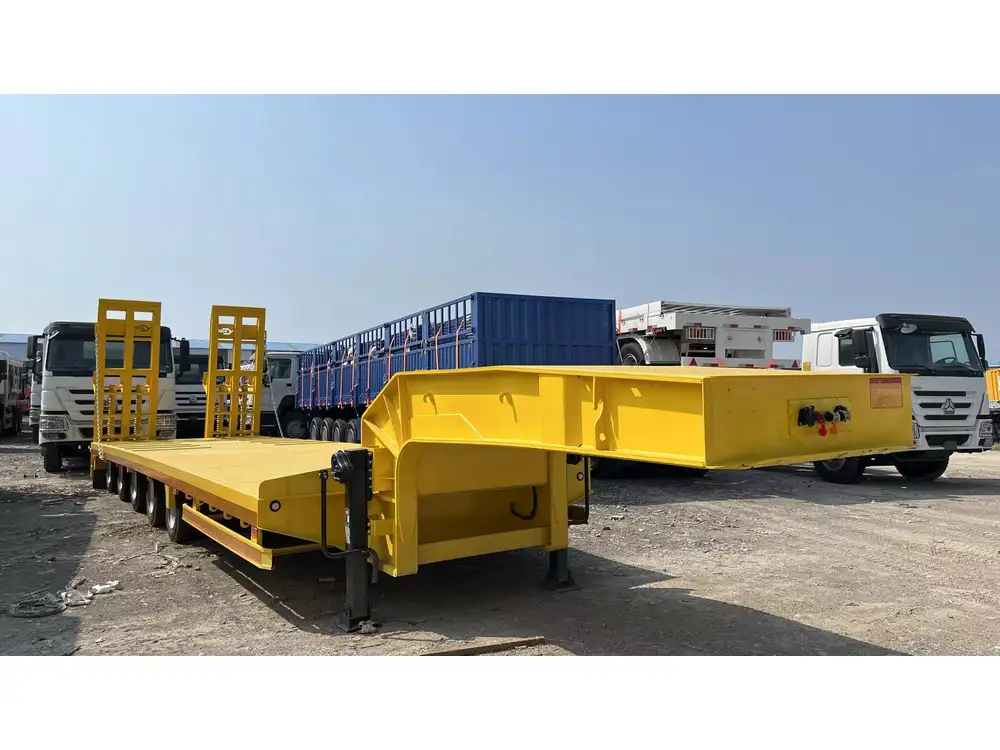
Width and Height
While the length of semi-trailers garners much attention, width and height are equally significant. Generally, the legal width for semi-trailers is capped at 8.5 feet. This regulation is consistent across most regions for safety and road compatibility reasons. Heights typically reach 13.5 feet, giving operators adequate overhead clearance while minimizing the risks of hitting low bridges or structures.
Weight Capacity: The Payload Factor
Understanding a semi-trailer’s weight capacity is vital for compliance with federal and state regulations. The total weight limit for a standard semi-truck and trailer combination cannot exceed 80,000 pounds under federal law, but this includes the weight of the truck, trailer, and cargo. Different trailers come with their own specific capacities, impacting operational efficiency.
- Payload Components: The weight capacity includes factors such as the trailer type and design, the structural integrity of the frame, axle count, and distribution. Manufacturers often provide detailed ratings to assist operators in optimizing their load distribution.
Types of Semi-Trailers and Their Specifics
The type of semi-trailer significantly affects its dimensions and applications. Below, we break down popular types and their intended uses, which will help operators determine the best fit for their needs.

1. Dry Van Trailers
Dry vans are the most commonly used type of semi-trailer for general freight. The enclosed nature of these trailers protects cargo from weather elements.
Dimensions: Typically measuring 48 to 53 feet in length and 8.5 feet in width, they maximize cargo protection and efficiency.
2. Flatbed Trailers
Flatbed trailers are open-deck trailers that allow for easy loading and unloading of diverse cargo shapes and sizes.
Key Features:
- Versatile for carrying everything from heavy machinery to lumber.
- Safety consideration includes securing loads with chains and straps.
3. Reefer Trailers
Reefer trailers are refrigerated semi-trailers essential for transporting perishable goods, maintaining specific temperature controls.
Specifications:
- Length: 48-53 feet
- Height: Standard reach of 13.5 feet with precise temperature monitoring systems.
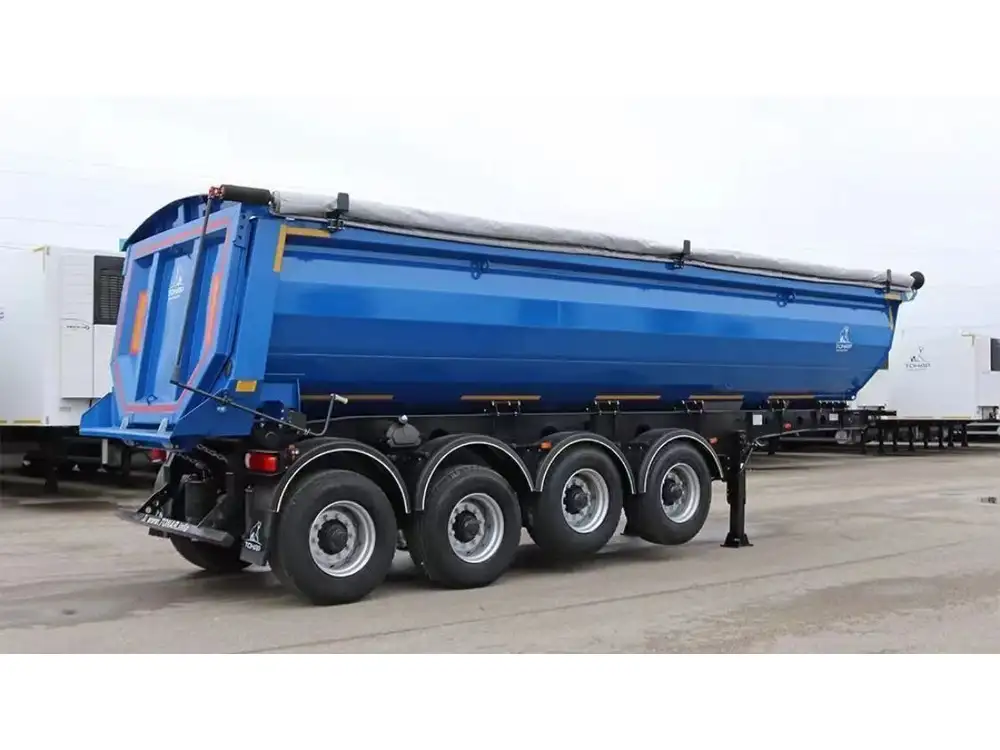
4. Tanker Trailers
Designed for transporting liquids, tanker trailers have specialized considerations due to their cargo characteristics.
Considerations:
- Safety features must be in place to prevent spills and ensure liquid stabilization during transport.
5. Step Deck Trailers
Step decks are ideal for transporting taller loads that might otherwise exceed height limitations when using standard flatbeds.
Advantages:
- Multi-level design minimizes loading height, allowing for the transport of oversized items safely and legally.
6. Double Trailers
Two trailers hitched together give transportation efficiency across lengthy highway systems, often utilized in freight consolidation.
Specifications:
- Total length can reach up to 84 feet but comes with complex maneuvering requirements.
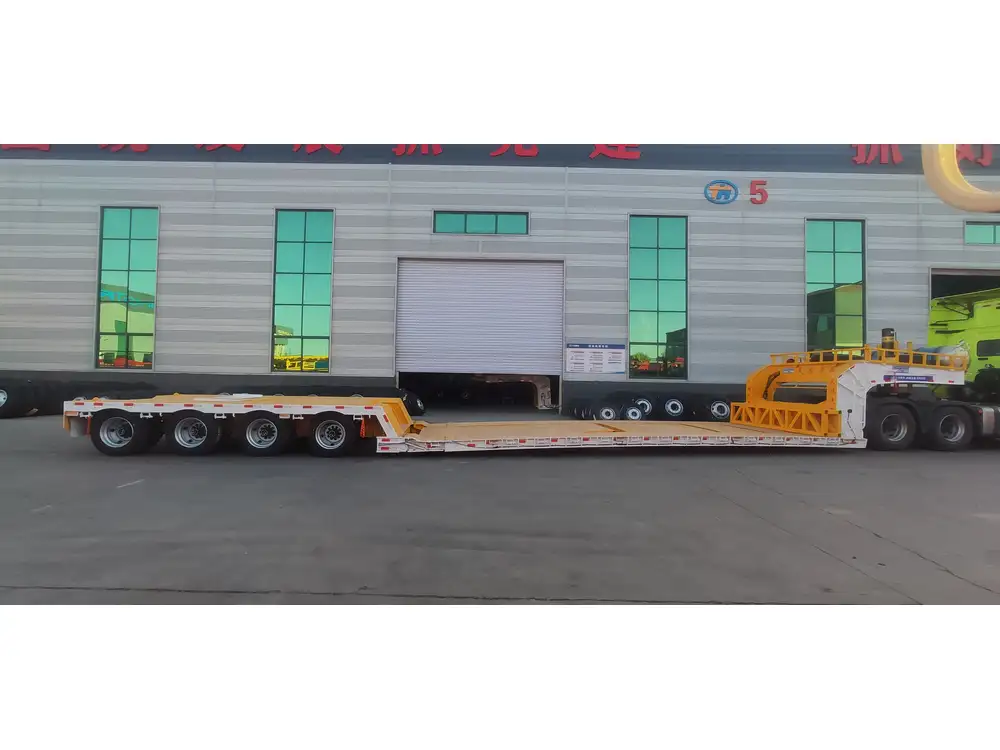
Regulatory Framework Governing Semi-Trailer Dimensions
It’s essential for manufacturers and operators to be acutely aware of the regulations that govern semi-trailer dimensions. In addition to federal standards, many states impose their own specific rules, particularly for length and weight restrictions.
1. Federal Motor Carrier Safety Administration (FMCSA)
The FMCSA sets basal standards which states must adhere to but allows for variations. The implementation of weight limits is critical to maintaining road integrity and safety.
2. State Regulations
Different states may approve longer combinations or impose specific restrictions during certain periods, such as road construction phases or inclement weather. This discrepancy necessitates that operators stay informed about local laws.
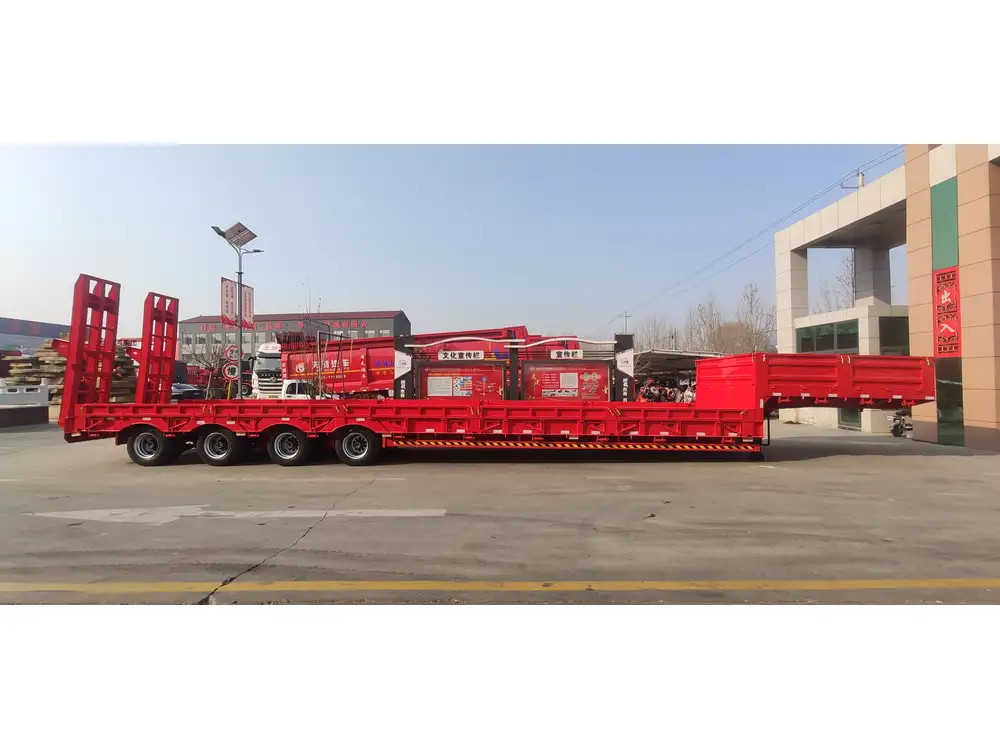
3. International Considerations
The standards may vary significantly when considering international transport. For instance, shipping to Canada may require adhering to metric-based conversions and regulations that differ from those in the U.S.
Factors Influencing the Size of Semi-Trailers
Numerous elements affect the dimensions of semi-trailers, impacting both design and operational viability.
1. Cargo Type
The nature of the cargo—whether perishable goods, machinery, or bulk resources—dictates the trailer type and size needed. Reefer trailers will differ significantly in dimensions from flatbeds, for example.
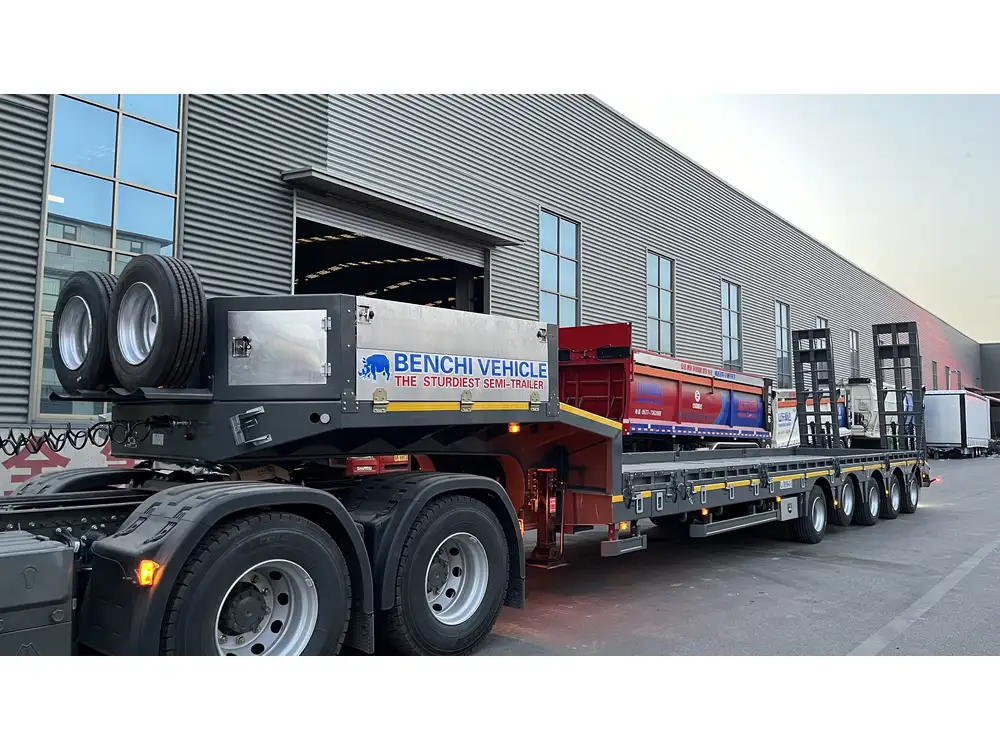
2. Route Constraints
Drivers must consider the route’s geographic and infrastructural constraints. Low bridges, narrow roads, and urban environments can all limit acceptable sizes.
3. Fuel Efficiency
Longer trailers can carry more load, theoretically improving fuel efficiency. However, increased size may require more fuel for transport, necessitating a balance between capacity and operational cost.
4. Manufacturer Specifications
Manufacturers play a pivotal role in standardizing semi-trailer dimensions. Choosing a reputable manufacturer ensures compliance with industry standards and governmental regulations.

Conclusion: Choosing the Right Size Semi-Trailer
In conclusion, understanding the key dimensions of semi-trailers—length, width, height, and weight capacity—enables manufacturers and operators to streamline operations and enhance safety. By considering the regulations that govern these dimensions, as well as the type of cargo and routes planned, stakeholders can make informed decisions to optimize logistics.
For those involved in the transportation sector, staying updated on trends and regulatory changes is imperative to maintain compliance and operational efficiency. Whether you are a manufacturer or an operator, the choice of semi-trailer significantly affects not just delivery timelines, but overall business success in a highly competitive landscape. By investing in the right type and size of a semi-trailer, one can elevate their transportation capabilities while adhering to the existing legal frameworks.



